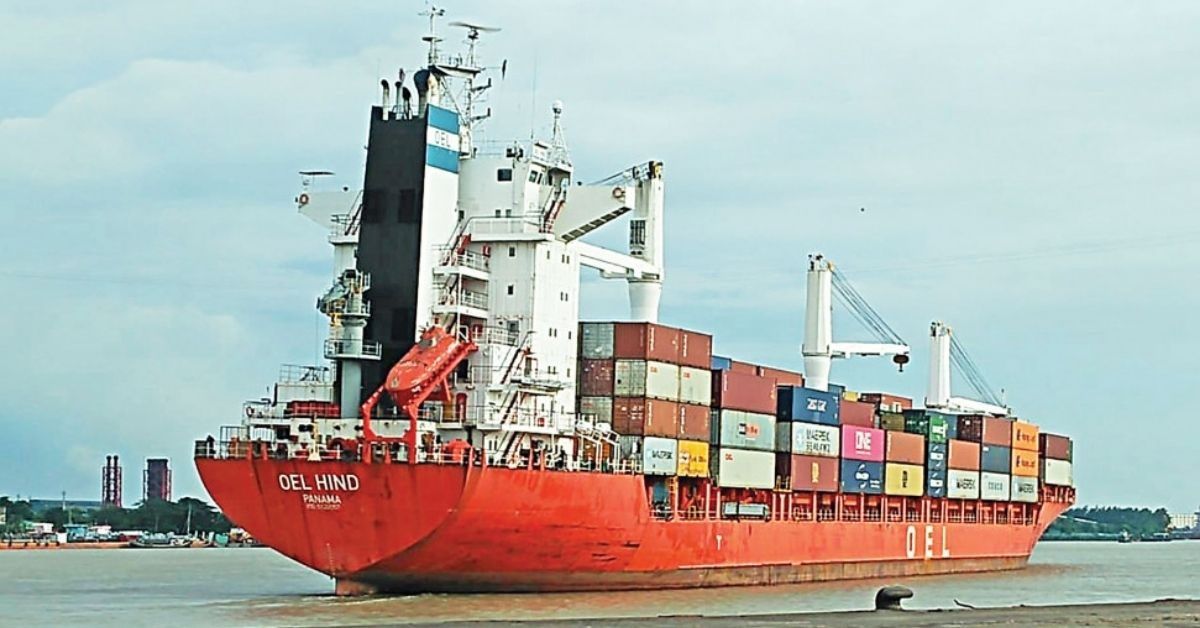Christmas has arrived, but not for US freight forwarders, who have seen volumes and demand crash with no peak season to speak of and the prospect of a very unhappy New Year.
According to analyst Jon Monroe, forwarders are suffering because consumers are failing to spend and still elevated inventories mean that 2023 has not been conducive to a return to a pre-Covid demand ‘normality’.
Monroe elaborated by saying he considers the view that the industry has entered into a “never normal” period is an apt description of the current market.
“Rates are back to pre-Covid times as is the volume, but fewer seasonal goods are being re-ordered at the factories and it is having a severe impact upon forwarders plying the Transpacific trades. With both volume and rates at the bottom, there is little money to be made by the NVOCC community,” he said, explaining the failure of peak season volumes to materialise.
In Monroe’s experience, most forwarders have seen a decline in volumes of more than 30% in the course of this year with margins also falling to around US$50 per box.
Those margins have seen pressure from the lack of demand for freight and the added gravity of rising macro-economic costs including inflationary pressures and the rising cost of labour.
Increased costs allied with consumers spending more on lifestyle changes and services has meant the retailers have taken a very conservative approach to restocking.
As a result, “We have just entered the fourth quarter of the year and will most likely finish the year with no peak season. Typically, retailers scramble to get orders on ships before the mid-autumn festival. It did not happen this year,” points out Monroe.
Even so, Monroe believes that the largest contributor to an uninspiring October volume count has been the lack of a backlog prior to the early October holiday in China.
“Expect rates to stay in the mid-teens through the remainder of the year,” noted Monroe.
Meanwhile, Blue Alpha Capital’s John McCown reported that the top 10 US ports had seen a 0.04% increase in volumes in September, ending a run of 14 months of decline and representing a substantial increase over August figures which saw a decrease of 13.9%.
According to McCown, pre-pandemic volume spikes have contributed to the statistical decline. “We are now back to year over year changes being more fundamentally driven by underlying economic activity,” he claimed.
West Coast ports benefitted from the return of cargo from the East and Gulf Coast ports, in particular, the Port of Tacoma saw a more than 31% increase month-on-month, while terminals on the West Coast saw a volume increase of 16.7% overall. That contrasted with East and Gulf Coast ports which saw a 13.4% volume decline in September.
The West Coast port recovery was the largest gain in volumes for 27 months, whereas the East and Gulf ports’ double-digit decline from May to July this year of close to 20% a month, with May’s 4.8% fall the only exception.







